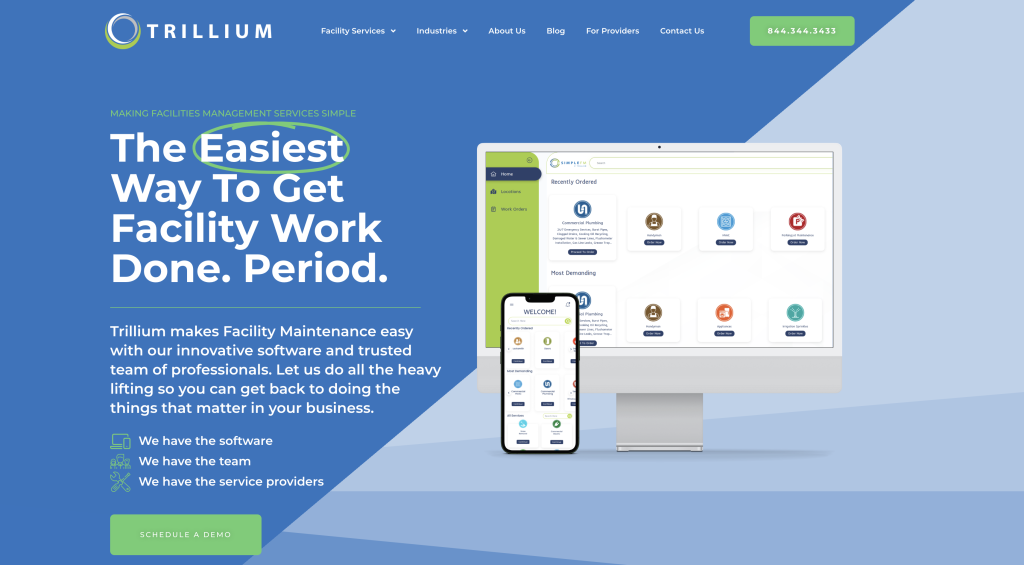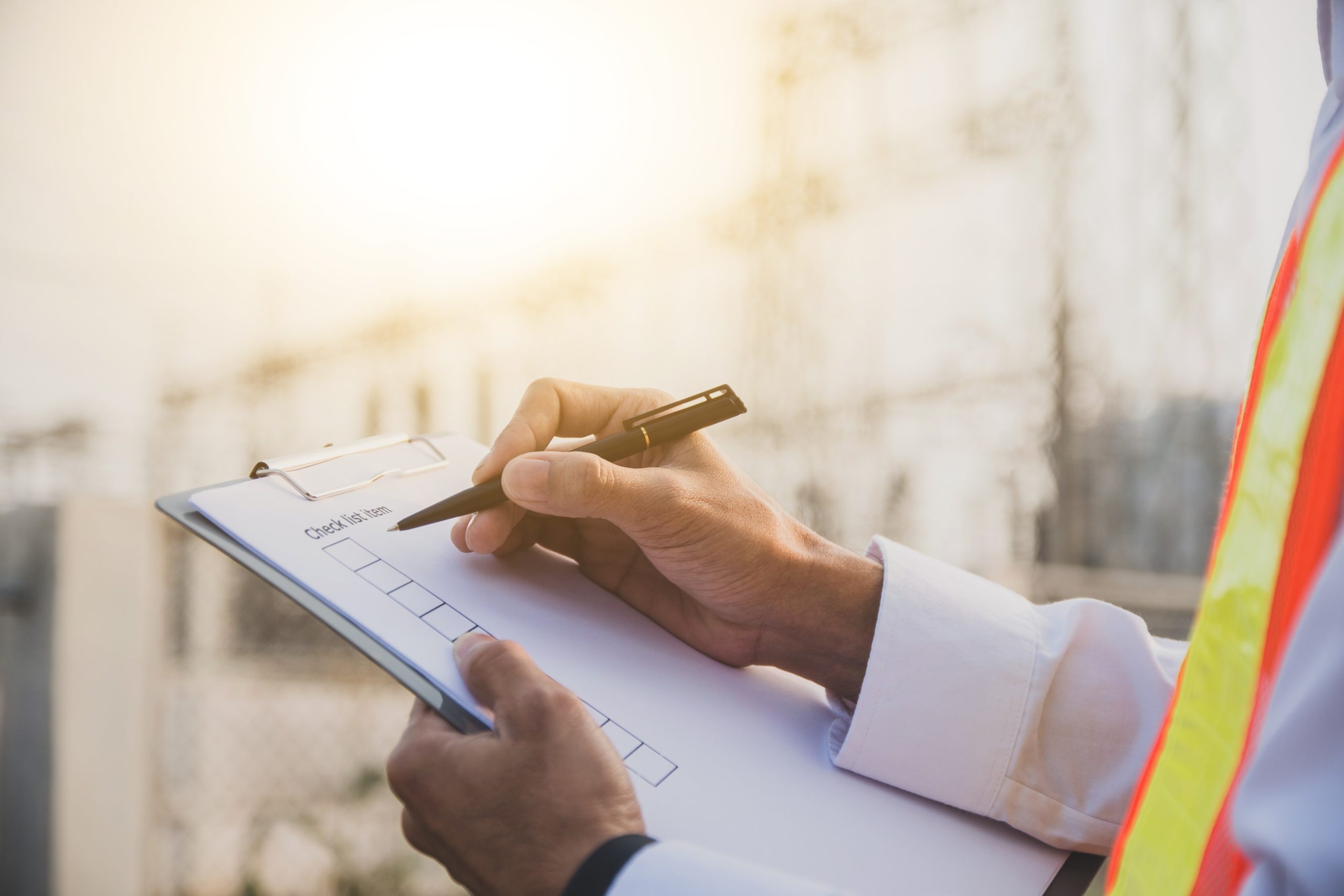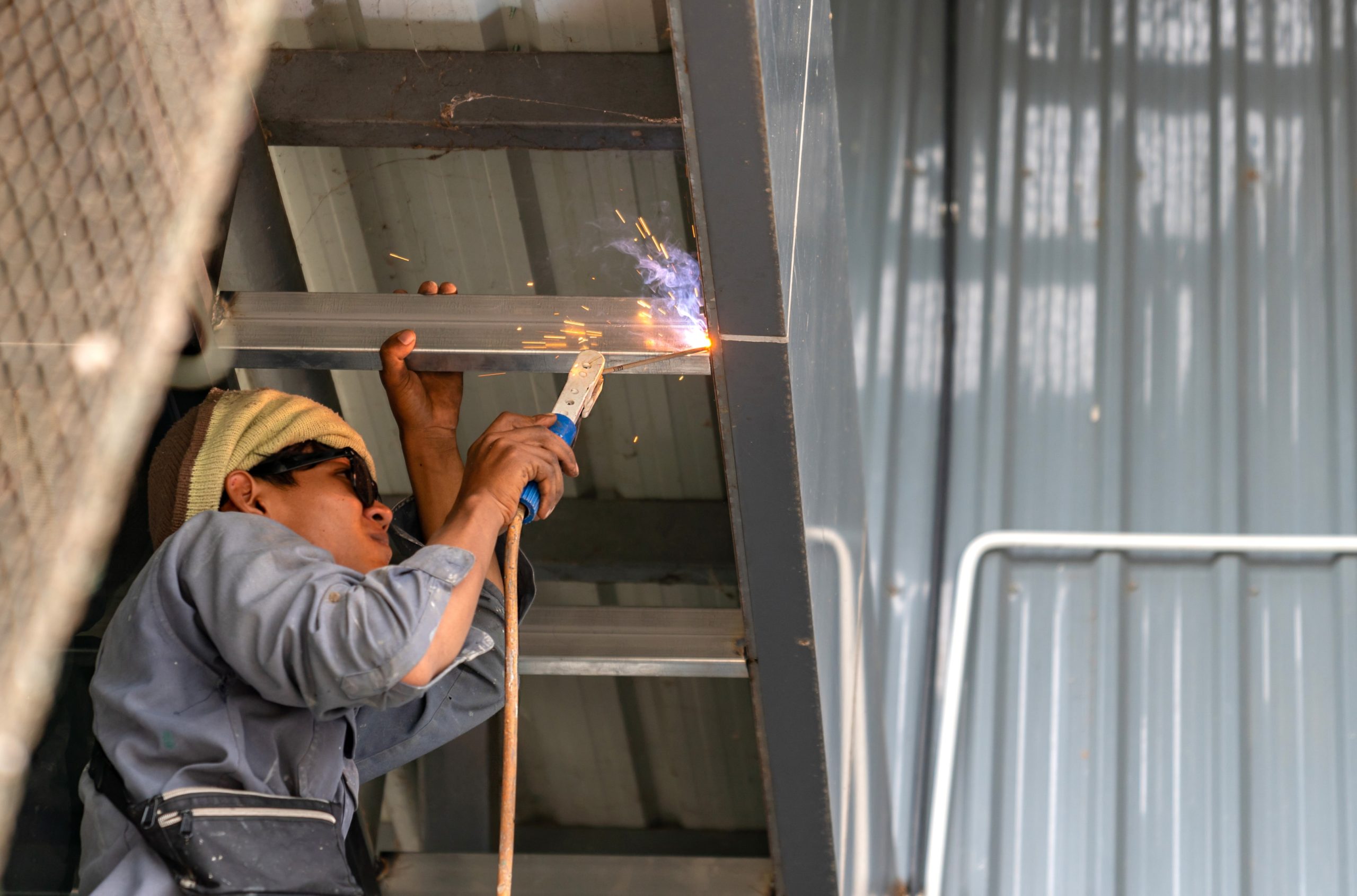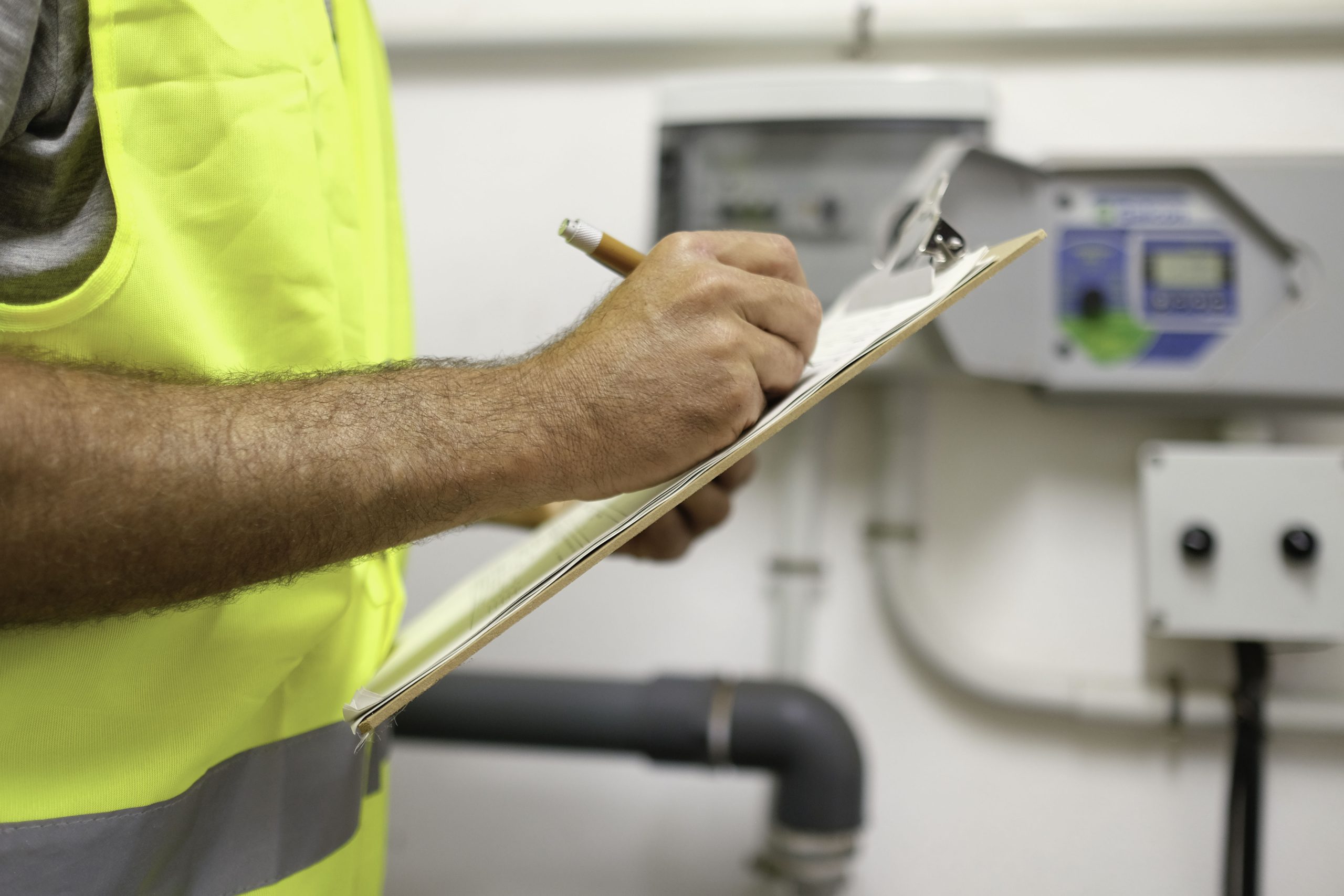Retail businesses rely on water for restrooms, cleaning, landscaping, and customer use. Inefficient fixtures, unnoticed leaks, and outdated plumbing increase monthly costs. Even a dripping faucet can waste hundreds of gallons per year, adding to unnecessary expenses.
Pinpointing where your store loses the most water is the first step to lowering your bill. From restroom upgrades to smarter irrigation, small improvements lead to long-term savings. This guide covers eight practical ways to help reduce retail water bills.
Find Out What’s Driving Up Your Water Bill
A high water bill isn’t always the result of excessive water usage. Commercial water rates include base fees, usage charges, and sometimes additional costs for wastewater treatment. If your average water bill seems higher than expected, there may be hidden charges or inefficiencies.
Many retailers overlook peak usage times, which can lead to higher rates. Some water providers charge more during certain hours or apply tiered pricing based on consumption levels. Reviewing your bill closely can help you spot patterns and areas where you might be overpaying.
Errors or outdated meter readings can also inflate water costs. Comparing past bills and checking for sudden spikes can reveal potential issues. After reviewing your charges, the next step is finding ways to lower them.
8 Practical Ways to Reduce Your Retail Water Bill
Lowering water bills doesn’t require drastic changes. Small upgrades and better water management can lead to noticeable potential savings. Addressing leaks, switching to efficient fixtures, and adjusting daily habits can help businesses save money.
Some fixes are quick and low-cost, while others involve long-term investments. Below are eight ways to reduce waste and lower your bill.
1. Conduct a Professional Water Audit
A water audit gives a clear breakdown of how much water your store uses and where waste occurs. It helps uncover hidden leaks, inefficient plumbing, and overuse in restrooms, break rooms, or irrigation systems. Many businesses lose water without realizing it, leading to higher bills each month.
A professional audit includes an inspection of plumbing fixtures, water meters, and irrigation systems. Auditors also review past water bills to find unusual spikes that may indicate plumbing leaks or excessive consumption.
In commercial buildings, large restrooms, food preparation areas, and irrigation systems account for most of the water use. Identifying inefficiencies in these areas can help businesses control expenses and reduce water bills.
2. Fix Leaks Immediately
Leaks are one of the biggest causes of high water bills. Even a slow-dripping faucet can waste hundreds of gallons of water each month.
Checking for leaks regularly helps catch small problems before they become expensive repairs. Common trouble spots include restrooms, employee break rooms, and outdoor irrigation systems. A simple test, like turning off all water fixtures and watching the meter, can reveal hidden leaks.
According to the U.S. Environmental Protection Agency, fixing leaks is one of the most effective ways to reduce unnecessary water use. Addressing worn-out seals, loose connections, and cracked pipes right away prevents waste and lowers utility bills.
3. Switch to Water-Saving Fixtures
Old fixtures use more water than necessary, increasing costs over time. Standard toilets, faucets, and urinals can waste thousands of gallons each year. Upgrading to water-efficient models reduces usage without affecting performance.
Low-flow toilets use about half the water of older models per flush. Sensor-activated faucets prevent excess water use by shutting off automatically. Water-saving aerators also reduce flow without compromising pressure.
Installing efficient fixtures may require an upfront investment, but it’s worthwhile. Many utility companies offer rebates for businesses that switch to water-saving equipment. Upgrading outdated equipment guarantees your store operates more efficiently.
4. Optimize Restroom and Break Room Water Use
Restrooms and break rooms account for a large portion of a retail store’s water use. Outdated fixtures, inefficient habits, and lack of maintenance lead to unnecessary water waste. Making a few adjustments can lower costs without affecting convenience.
Sensor-activated faucets and dual-flush toilets help control water flow and prevent overuse. Setting faucet timers or adjusting water pressure reduces waste without impacting functionality. Posting simple reminders near sinks and toilets encourages employees and customers to practice water conservation.
Regular maintenance keeps fixtures working efficiently. Checking for leaks, clearing clogged aerators, and inspecting toilet flappers prevent water loss. Small changes in these high-use areas can make a noticeable difference in your water meter readings.
5. Cut Back on Outdoor Water Use
Irrigation and landscaping often use more water than necessary, leading to higher bills. Overwatering, system leaks, and inefficient sprinklers add up quickly. Making a few adjustments can prevent excess consumption and keep outdoor spaces well-maintained.
Smart irrigation controllers adjust watering schedules based on weather conditions. Drip irrigation delivers moisture directly to plant roots, reducing evaporation and runoff. Switching to native or drought-resistant plants minimizes the need for frequent watering while keeping the landscape visually appealing.
Regular inspections help keep irrigation systems working properly. Checking for leaks, adjusting sprinkler heads, and setting timers to water during cooler hours improve efficiency. These simple steps lower usage and keep outdoor areas looking their best.
6. Reuse and Recycle Water When Possible
Reusing water helps lower consumption without affecting daily operations. Many retail businesses overlook opportunities to recycle water supply for non-drinking purposes. Simple solutions can make a noticeable difference.
Rainwater collection systems capture runoff for landscaping or cleaning. Greywater systems reuse water from sinks for irrigation or flushing toilets. Even small changes, like reusing mop water for pre-rinsing floors, help reduce unnecessary waste.
7. Change Cleaning Methods to Use Less Water
Many cleaning routines use more water than necessary. Mopping, rinsing, and pressure washing increase utility bills when not managed properly. Simple adjustments help control consumption without sacrificing cleanliness.
Using energy-efficient washing machines and high-efficiency floor scrubbers removes dirt with less water. Adjusting dishwashing routines and only running washing dishes when necessary also helps lower usage. Employees should scrape off food particles before rinsing to reduce excessive water use.
Cleaning with hot water uses more energy and increases utility costs. Adjusting water temperature settings and using cold or warm water when possible helps conserve resources while maintaining cleanliness.
8. Monitor Water Usage With Smart Technology
Keeping an eye on water use helps prevent unexpected spikes in your bill. Smart meters and monitoring systems show real-time data, making it easier to spot leaks and overuse. If water consumption suddenly increases, these tools send alerts so you can fix the issue quickly.
Tracking usage over time helps identify patterns that may be increasing energy bills. Some systems connect with facility management software, making monitoring even easier. Managing water efficiently also helps meet environmentally responsible business goals.
Lower Your Water Bill With Trillium’s Expert Maintenance

A high water bill isn’t just a numbers problem. Leaks, inefficient fixtures, and neglected maintenance affect a company’s financial line. Ignoring small issues today can lead to costly repairs and rising energy expenses.
Trillium helps businesses take control of facility maintenance with 24/7 service management and a no-fee, no-markup solution. Our work order software makes it easy to schedule plumbing repairs, upgrade irrigation systems, and manage preventive maintenance without unnecessary costs or disruptions.
From leaking toilets to broken pipes and outdated irrigation systems, Trillium connects you with expert service providers in 47 states. No contracts, no minimum commitments, just reliable plumbing maintenance when you need it.
Lower expenses and keep your business running without interruptions. Get started with Trillium today.
FAQs About Reduce Retail Water Bill
How do I decrease my water bill?
Start with the basics. Fix leaks, swap old fixtures for water-efficient ones, and adjust irrigation schedules. Keep an eye on your usage with smart meters so you can catch problems early. You can also train employees to use water wisely in restrooms, break rooms, and cleaning routines.
How to reduce the cost of water?
Look into rebates for water-saving upgrades like low-flow toilets and sensor faucets. Regular maintenance helps prevent plumbing issues that waste water. Smart systems can also track and control usage so you don’t pay for water you don’t need.
What is a reasonable monthly water bill?
It depends on your store’s size, location, and daily water use. A small shop might pay a few hundred dollars, while bigger stores with heavy water demand could pay thousands. Comparing your bill to past months and similar businesses in your area can help you spot anything unusual.
Why is my water bill $4000?
A sudden increase usually points to a major leak, faulty meter, or excessive water use. Check for running toilets, leaking pipes, or malfunctioning irrigation systems. If usage seems normal, contact your water provider to review charges and inspect the meter for errors.









